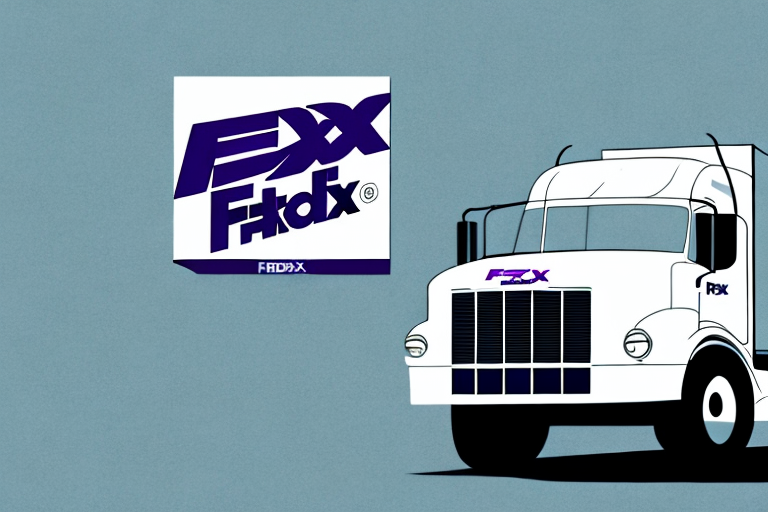Understanding Woocommerce FedEx Shipping Rates Loading Issues
As an e-commerce store owner, encountering issues with shipping rates not loading on your WooCommerce website can be frustrating. This problem is particularly prevalent when integrating FedEx shipping rates, and it can significantly impact customer satisfaction and sales. This article explores the reasons behind this issue and provides detailed steps to troubleshoot and resolve it.
Common Causes of WooCommerce FedEx Shipping Rates Not Loading
Several factors can prevent FedEx shipping rates from loading correctly on your WooCommerce site. Understanding these causes is crucial for effective troubleshooting:
1. Server-Related Issues
Server performance plays a critical role in plugin functionality. Slow response times, time-outs, or inadequate server configurations can disrupt the communication between WooCommerce and FedEx APIs. Shared hosting with limited resources often exacerbates these issues, leading to failed shipping rate calculations.
2. Plugin Compatibility and Configuration
Outdated or improperly configured plugins can hinder the loading of FedEx shipping rates. Ensure that both WooCommerce and the FedEx shipping plugin are updated to their latest versions. Conflicts between different plugins or themes can also disrupt functionality, so it's essential to manage plugin compatibility meticulously.
3. Caching Problems
Browser and server caching can store outdated shipping rate data, preventing the latest rates from displaying. Implementing proper cache management strategies, such as clearing cache regularly and configuring caching plugins appropriately, can mitigate these issues.
4. Incorrect Shipping Settings
Accurate shipping settings are vital for retrieving correct FedEx rates. Errors in weight or dimension inputs, shipping origin or destination addresses, and other configuration settings can lead to failed rate calculations. Regularly reviewing and updating these settings ensures seamless integration.
Diagnosing the Source of the Problem
Identifying whether the issue lies with WooCommerce, the FedEx plugin, or their interaction is the first step towards resolution:
1. Disable and Test Plugins
Temporarily disable WooCommerce and the FedEx plugin to see if shipping rates load correctly. If the issue persists, it may indicate a deeper server or theme-related problem. Re-enable the plugins one by one to isolate the conflicting component.
2. Review Plugin Settings
Double-check the configuration settings within both WooCommerce and the FedEx plugin. Ensure that API credentials are accurate and that shipping zones and rates are correctly defined.
3. Monitor Server Performance
Use server monitoring tools to assess performance metrics. High latency or server errors can disrupt API communications, necessitating server optimization or upgrading hosting plans.
Effective Solutions to Resolve Shipping Rate Loading Issues
Once the underlying cause is identified, implement the following solutions to restore functionality:
1. Update Plugins and WooCommerce
Always keep WooCommerce and the FedEx shipping plugin updated to benefit from the latest features and security patches. Updating can resolve compatibility issues and enhance performance.
2. Clear Cache and Cookies
Regularly clearing browser cache and cookies can prevent outdated data from causing loading issues. Additionally, configure server-side caching to exclude dynamic shipping rate calculations:
- Clear your browser's cache through the settings menu.
- Use caching plugins like W3 Total Cache with appropriate settings.
3. Optimize Server Configuration
Ensure your server meets the necessary requirements for running WooCommerce and its plugins efficiently. Upgrading to a higher-tier hosting plan or switching to a reputable hosting provider can significantly improve performance.
4. Enable Debugging Mode
Activating debugging mode in WooCommerce can help identify specific errors related to shipping rates. To enable debugging:
- Navigate to WooCommerce > Settings > Advanced.
- Enable Debugging Mode and review the generated logs for error details.
5. Address Common Error Messages
Understanding and resolving common error messages can expedite troubleshooting:
- Could Not Get Rates Error: Indicates issues with API communication. Verify API credentials and server connectivity.
- Trouble Connecting to FedEx Server Error: May result from server downtime or network issues. Check Fedora's service status.
- Shipping Not Available Error: Suggests configuration errors in shipping zones or restrictions based on product dimensions or weight.
6. Contact Support for Assistance
If internal troubleshooting doesn't resolve the issue, reach out to WooCommerce support, the FedEx plugin developers, or your hosting provider. Providing detailed error logs and describing the steps you've taken can facilitate quicker resolutions.
7. Explore Alternative Shipping Solutions
As a last resort, consider integrating alternative shipping carriers or plugins to ensure customers can receive accurate shipping rates. Options like Shippo or EasyPost offer robust integrations that might better suit your needs.
Best Practices for Maintaining Accurate Shipping Rates
Prevent future issues by adopting the following best practices:
- Regularly update WooCommerce and all related plugins.
- Monitor server performance and upgrade hosting as needed.
- Implement comprehensive caching strategies.
- Periodically review and test shipping configurations.
- Stay informed about updates from shipping carriers like FedEx.
Conclusion
Shipping rate issues can significantly impact your e-commerce operations by affecting customer satisfaction and sales. By understanding the common causes and implementing the appropriate solutions, you can effectively resolve WooCommerce FedEx shipping rates loading issues. Regular maintenance and proactive monitoring are essential to ensure seamless shipping rate integrations, providing your customers with a smooth and reliable shopping experience.
For further insights and best practices on optimizing your WooCommerce store, refer to reputable sources such as the official WooCommerce documentation and industry-leading publications.




















